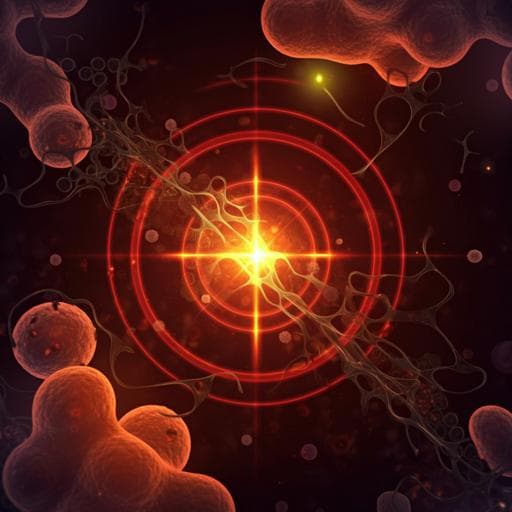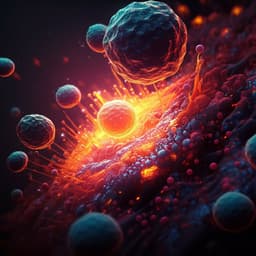
Medicine and Health
A neutrophil mimicking metal-porphyrin-based nanodevice loaded with porcine pancreatic elastase for cancer therapy
T. Cui, Y. Zhang, et al.
Discover an innovative tumor discrimination nanodevice inspired by neutrophils, designed for precise cancer cell elimination regardless of antigen recognition. This groundbreaking research by Tingting Cui, Yu Zhang, Geng Qin, Yue Wei, Jie Yang, Ying Huang, Jinsong Ren, and Xiaogang Qu showcases a selective and effective approach to combating solid tumors, demonstrating promising in vivo results in tumor growth inhibition and adaptive immune response activation.
~3 min • Beginner • English
Related Publications
Explore these studies to deepen your understanding of the subject.







